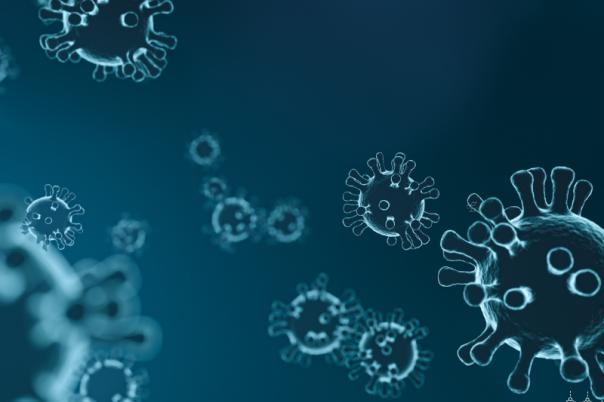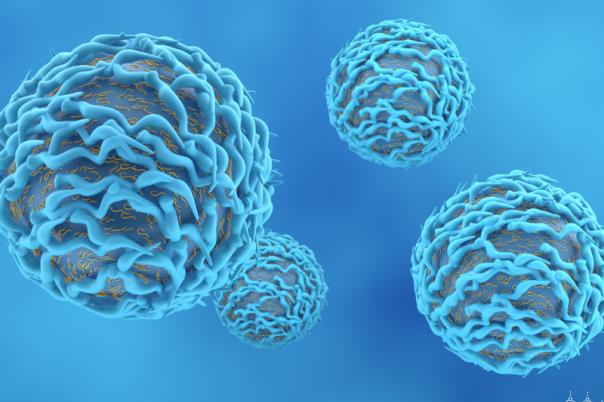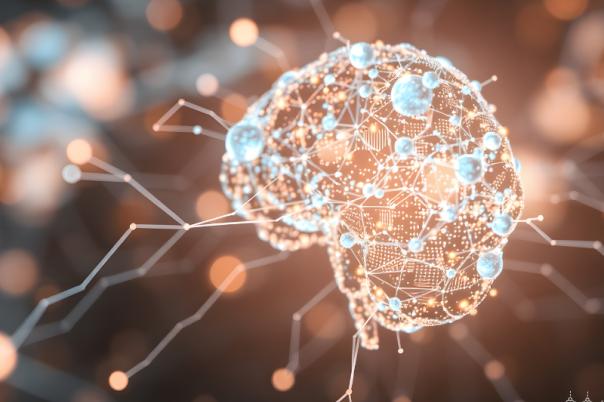Cancer is incredibly complex due to its heterogeneity at an intertumoural (between patients) and intratumoural (within a single patient) level. Anguraj Sadanandam, Director of the Centre for Global Oncology at the Institute of Cancer Research, emphasised the importance of understanding this heterogeneity to stratify patients and identify therapeutic opportunities. Integrating different heterogeneous data types can help match patients with therapies, one of the main goals of precision medicine.
The majority of cancers are only studied from the Western population, with triple-negative breast cancer (TNBC) being an exception. To enhance understanding of cancer across a wide range of populations, the Institute of Cancer Research initiated the Centre for Global Oncology. India has double the incidence of TNBC compared to the USA. This led Sadanandam and his team to question whether this disparity is a result of cultural aspects, biological differences, or different healthcare systems.
Given that infectious disease is common in India, Sadanandam questioned whether the high infection rate leads to increased immune infiltration and whether this contributes to the higher incidence of TNBC. So immune genes were profiled and categorised into immunotype 1, immunotype 2, and immunotype 3. The three subtypes were compared to The Cancer Genome Atlas Program (TCGA) and METABRRIC data. The results showed that there were no major biological differences between the Indian and Western populations.
However, the research uncovered that these immunotypes have different prognoses: for example, immunotype 1 is T-cell enriched and has a better prognosis, while immunotype 3 had more myeloid cells and a worse prognosis, and immunotype 2 was the middle ground.
Sadanandam also explored how these immunotypes vary within individual tumours. Some tumours consist of multiple immunotypes which ultimately influence therapeutic outcomes. To gain a better understanding of immunotype pathways, advanced modelling using single-cell analysis, spatial transcriptomics, and machine learning revealed cellular interactions and spatial distribution within the tumour microenvironment.
Treating immunotype 3 with immunotherapy was shown to cause adverse consequences, whereas immunotype 1 patients responded well to immunotherapy treatment. So, a mouse model study was conducted to convert immunotype 3 into immunotype 1 using cytokine therapies. This preclinical study was successful and showed that tailoring immunotherapy based on immunotype could significantly improve outcomes. By integrating omics data with other heterogeneous datasets, Sadanandam demonstrated how personalised treatment strategies can go beyond the linear models traditionally used.




